"Search Engine Journal" - 6 new articles
- Google Off to a Great Year, Gains $6.7 Billion in Q1
- Social Media Freak
- So Now You Care About Your Website Load Times
- Local Business Listing Marketing vs. Data Services
- How to Promote and Manage LinkedIn Group
- What Should Be Included In Your Companies Social Media Policy?
- More Recent Articles
- Search Search Engine Journal
Google Off to a Great Year, Gains $6.7 Billion in Q1
Google has again proven its might as it reports its Q1 2010 revenue growth at 23% compared to the same period in 2009. Total reported revenue for the quarter ending March 31 is at $6.77 billion. Traffic Acquisition Cost (TAC) amounted to $1.71 billion or 26% of advertising revenues.
Despite suffering from a decline in stocks prices, Google however managed to beat the Wall Street expectations.
Patrick Pichette, CFO of Google has issued the following statements regarding their first quarter financial report.
"Google performed very well in the first quarter, with 23% year over year revenue growth driven by strength across all major verticals and geographies," said Patrick Pichette, CFO of Google.
Some key highlights of Google's Q1 2010 Financial Report are as follow:
Revenues – Google reported revenues of $6.77 billion in the first quarter of 2010, representing a 23% increase over first quarter 2009 revenues of $5.51 billion. Google reports its revenues, consistent with GAAP, on a gross basis without deducting TAC.
Google Sites Revenues – Google-owned sites generated revenues of $4.44 billion, or 66% of total revenues, in the first quarter of 2010. This represents a 20% increase over first quarter 2009 revenues of $3.69 billion.
Google Network Revenues – Google's partner sites generated revenues, through AdSense programs, of $2.04 billion, or 30% of total revenues, in the first quarter of 2010. This represents a 24% increase from first quarter 2009 network revenues of $1.64 billion.
Paid Clicks – Aggregate paid clicks, which include clicks related to ads served on Google sites and the sites of our AdSense partners, increased approximately 15% over the first quarter of 2009 and increased approximately 5% over the fourth quarter of 2009.
Cost-Per-Click – Average cost-per-click, which includes clicks related to ads served on Google sites and the sites of our AdSense partners, increased approximately 7% over the first quarter of 2009 and decreased approximately 4% over the fourth quarter of 2009.
TAC – Traffic Acquisition Costs, the portion of revenues shared with Google's partners, increased to $1.71 billion in the first quarter of 2010, compared to TAC of $1.44 billion in the first quarter of 2009. TAC as a percentage of advertising revenues was 26% in the first quarter of 2010, compared to 27% in the first quarter of 2009.
Check out the SEO Tools guide at Search Engine Journal.
Google Off to a Great Year, Gains $6.7 Billion in Q1
Social Media Freak
http://twitter.com/jordankasteler
To add a bit of explanation here…
Live at Pubcon Dallas there is a blackhat panel going on. Steven Plunkett is attempting to rank Giovanni.net for "social media freak" live during his session. It FAILed.
This was to rank #1 instantly through use of a post and Twitter conversation. Follow the coverage on Twitter here:
http://search.twitter.com/search?q=social+media+freak
Me = #1
Steve Plunkett = 2nd page
Check out the SEO Tools guide at Search Engine Journal.
Social Media Freak

So Now You Care About Your Website Load Times
Google announced recently that site loading time now plays a part in their search ranking algorithm. It has also been openly said that over 200 elements are taken into consideration when determining a sites search engine ranking. In addition Google notes that site load time is going to be a very small portion of this algorithm. With all that said I simply don't understand why people are freaking out. This should not be the first time you are considering improving your site load time.
If Your Website Is Slow – Fix It!
Site load time is very important however you shouldn't be improving it for the search engines. If your website takes longer than a couple seconds to load, you're already in trouble. Web users have very short attention spans, they want what they want and they want it now! If one of these users' clicks on your website and it takes longer than a couple seconds you bet they are going to bounce quicker than a super "bouncy" ball!
There shouldn't be a webmaster that isn't aware of their site load times. Not only should they be doing user tests on their own site but they should have installed site analytics. With that said, if your site is slow you can expect your traffic bounce rate to be extremely high. Users don't have patience for slow website and will often click back within only a few short seconds. This is two ways to measure your sites loading time but if that's not enough Google even made a tool for you to use.
How Do You Measure Site Load Time?
Back in January I wrote an article about site loading time being a possible 2010 ranking element. (http://www.dkssystems.com/SEO-Site-Loading-Time.html) I write about how you can test your sites load times using Google webmaster tools. Using their "Site Performance" option will give you an insight on how long a particular page is taking to load. In addition Google gives you some specific tips on what to fix in order to increase the page loading performance.
In addition, Google suggests the following free tools to evaluate the speed of your website.
Fix Your Websites Performance For Your Users Not Google.
I can't tell you how much it annoys me knowing that people will only now start fixing their websites load time. You should be building a website that gives your users an enjoyable experience. If your website is super slow then this issue should have been addressed a long time ago. Its frustrating to hear people willing to fix their sites only after Google has released there latest ranking announcement.
Do Not Over Value Site Speed For SEO.
It's really unfortunate that people are going to completely redesign their websites and spend countless hours in their code over this issue. Now if you own one of the websites that takes 15 seconds to reach the homepage this should be something you're already working on. However, this is not who im talking about. I'm talking about the webmasters who sites load in less then three seconds but will spend endless amounts of time tweaking code just so they can get down half a second. At this point the difference between two seconds and one second will not make or break your search engine rankings. Links and content will always be the bread and butter of SEO and it's really disheartening to think people will waste so much time focusing on their site load time.
Check out the SEO Tools guide at Search Engine Journal.
So Now You Care About Your Website Load Times
Local Business Listing Marketing vs. Data Services
As local business marketing as become a hot topic in the Internet marketing industry, business owners are finding themselves confused about the various types of services that can help them tap into this local marketing tool. Of course additional confusions arise from the variations of service fees too. Let's take a look at defining these services, the fees and local listings as a marketing tool. This will also shed some light on why there are monthly management fees by the marketing services.
Local Listing Data Services
We have discussed this service in a previous article about companies that provide "get listed" services. What this service provides is to push your business information as data into local listing websites. The entire process is automated through programs known as API's. There are limitations as to what information can be submitted. They certainly do not allow you to protect your brand by claiming your listing through this process. The claiming process is most important as it allows you to manage your local business listing not only with marketing information, but also consumer reviews. Our argument with this service is that most businesses are already listed and why do you need to get "get listed"? Fees for this service are less than $100 per year
Local Listing Marketing Services
This type of service is the service that will allow you to use your local business listing as a local marketing tool to reach the local consumers through web searches and mobile searches most effectively. Because this service is a combination of automation and manual labor the fees are higher and range with one time setups to ongoing monthly management fees. Here are some of the services that are included with local business listing marketing services.
One question you should ask yourself. Do you have the time resources to manage this marketing tool at multiple local listing websites? This will certainly help answer if you need help with this process.
1. It is important to claim your listing at multiple local listing websites. If the marketing service is only with Google, then you are missing out at a variety of other sources ling Bing, Ask, City Search, Local.com, Yelp, Yahoo, Merchant Circle and many others. Consumers and mobile application developers will decide which website they will use for local business listing reviews and data. Google is not the powerhouse in this case.
2. Claim your listing to protect your brand from being hijacked. Claiming is a crucial and important first step with local business listings. If you do not claim the listing at multiple local listing websites you are open to hijackings and having your information re-directed to another business or criminals pursuing the local consumers. This is the part that tends to cause much of the frustrations you read about from business owners on the web.
3. Update your listing with your business marketing information to include not only text copy for web searches and mobile searches, but categories, photos, coupons, videos, images, etc. Because this information changes throughout the year (particularly your coupons, offers, discounts and events) the monthly management service will help insure everything is update to date at multiple locations.
4. Clean-up mis-matched data. Because local listing websites get their data from multiple sources, businesses are finding that there are multiple listings for a single address of their business. Deleting or merging these listings is an important process to insure the duplicates are not hijacked or consumers posting reviews in a listing that is not monitored.
5. Monitor your consumer reviews. Your customers have already been posting their reviews about you at multiple local listing websites. Monitoring and subsequently managing these reviews at multiple local listing websites for local public relations is an important process and one that will be new to most local businesses. This is also included with most local listing marketing services within their monthly management fee.
6. Citations are in important step in this process to have your listing ranked higher on web searches amongst the listings next to the map. This is not always included in the lower priced marketing services and an addition to be considered as this industry and marketing tool evolves and matures in the upcoming years.
Future technologies will make local business listings more effective as a local business marketing tool. QR Codes, mobile applications, mobile coupons and other technologies will have to be managed for the local business to insure they are being used to be most effective.
Hopefully the above information has helped you at least categorize the different local business listing services between data services and marketing services. The benefits of the marketing services far outweigh the data services and are the most effective to reaching the local consumer.
Check out the SEO Tools guide at Search Engine Journal.
Local Business Listing Marketing vs. Data Services
How to Promote and Manage LinkedIn Group
A couple of weeks ago I had the deal with Mike Clough, who manages The Blog Zone group at LinkedIn. As the result of the deal, I became manager of his subgroup Guest Blogger and announced this subgroup as MyBlogGuest official home at LinkedIn.
I am pretty much new to managing an active LinkedIn group like this, so I decided to do some research. In this post I am sharing my findings (that seem to be working for me!):
1. Start a Discussion
If that's a new group, you will need to create a couple of relevant threads to encourage discussion (in my case, that was about joining the existent ones).
The best way to spur discussion is to let (new) members promote themselves: invite them to share their blogs or follow each other on Twitter – this usually is very encouraging for new members to start participating.
2. Invite Your Contacts
LinkedIn is much less cluttered than Facebook, which is obviously a good thing. But this also creates some inconveniences one of them being that you are only allowed to invite 50 of your friends a day to your LinkedIn group.
Well, on the other hand, you can thus make it with more thought coming back daily (or weekly) to invite new friends and look through those who have recently joint.
You can "Share" the group right from the home page or (if you are a manager of the group) you can go to "Manage" and "Send invitations" to your friends from there:
3. Encourage Active Users
When a user becomes prominent as a poster, encourage him and help him (These are the catalyst to a thriving group):
- Answer his questions and share your advice;
- Try a personal touch: send a direct message asking about his feedback on the group, etc.
Rewarding positive behavior is as important as banning negative uses.
4. Give Your Members More Things to Discuss
LinkedIn allows to submit news feeds to automatically post your blog updates to the group. You can manage your feeds from "News" tab:
5. Promote Your Group Outside LinkedIn
LinkedIn doesn't have group widgets like Facebook does for fan pages, but this doesn't mean you cannot invite members from outside LinkedIn.
Announce your group on your blog, create and add a pretty button to add to your blog sidebar, Tweet about your group – do whatever you can to spread the word!
Additional reading:
- Best Practices for Linkedin Group Management
- Top ten tips on how to manage a Linkedin group
- 8 Tips for Managing a LinkedIn Group
Check out the SEO Tools guide at Search Engine Journal.
How to Promote and Manage LinkedIn Group
What Should Be Included In Your Companies Social Media Policy?
It is important for every company to have a social media policy in place. Depending on the size of your company or organization, your policy may be more or less detailed.
It is amazing to think that only 1 in every 3 companies has a social media policy in place. Of course as social media becomes a main-stream marketing tactic, more and more businesses with start to see the importance of having a writing social media policy.
Overall Philosophy and Goals
It should be clear to all employees of your organization as to why your company is implementing a social media policy. It should contain messaging and an overall philosophy that is consistent with your organization culture and other policies.
Encourage Social Media Best Practices
Employees within your organization will all have different levels of experience with social media. That is why it will be important for your employees to be trained on the best practices of monitoring and engaging in social media.
For each social media platform, it is encouraged to offer tips and examples of how people engage.
Be Honest and Transparent
Do not pretend to be someone you are not. Use your real name, job title, and experiences when interacting with people. People are becoming more savvy online and can tell if you are full of crap or telling the truth. So be transparent and always tell the truth. Also, it helps when you discuss topics that you are knowledgeable, making social media fun!
Use Common Sense and Good Judgment
I know it may be dumb to say this, but using good judgment and common sense is probably the best advice you can give your employees. If you think what you are doing may be against company policies or could have a negative impact, you probably want to stop.
Confidential and Proprietary Information
It will be important to disclose company information that is proprietary and should not become public. Typically industry secrets, proposals/contracts, internal processes, client lists, website statistics, and revenue figures are all things that most companies want to keep confidential.
Engagement During Work Hours
Face it, unless you have specific websites blocked or install tracking software on employees computers, they are going to spend time playing around on the web. So you will want to have guidelines and/or limitations as to the type of websites that are work appropriate. In my personal opinion if someone wants to check their Facebook account during lunch or even get their personal email 2-3 times a day, that should be ok. As long as you are not effecting your work or substituting work time for personal tasks.
Online Identity
Many employees will have personal blogs and websites that they maintain on their personal time. It will be important to identify the different between a personal identity and corporate identity. For example, if someone maintains a blog that discusses controversial topics, you would not necessarily what your employee to leave his business contact information. This could be tied back to the company and create a potential area of concern.
Show Examples
One of the best ways to preach great social media, it to show examples of good and bad uses of social media.
Check out the SEO Tools guide at Search Engine Journal.
What Should Be Included In Your Companies Social Media Policy?
More Recent Articles

Click here to safely unsubscribe now from "Search Engine Journal" or change your subscription or subscribe
Your requested content delivery powered by FeedBlitz, LLC, 9 Thoreau Way, Sudbury, MA 01776, USA. +1.978.776.9498
viernes, 16 de abril de 2010
Suscribirse a:
Enviar comentarios (Atom)
Seguidores
Archivo del blog
-
▼
2010
(127)
- ► septiembre (7)
-
▼
abril
(26)
- 5 new articles
- 8 new articles
- 4 new articles
- <!-- AOL_MESSAGE --><!-- Your FeedBlitz Updates ...
- <!-- AOL_MESSAGE --><!-- Your FeedBlitz Updates ...
- <!-- AOL_MESSAGE --><!-- Your FeedBlitz Updates ...
- <!-- AOL_MESSAGE --><!-- Your FeedBlitz Updates ...
- <!-- AOL_MESSAGE --><!-- Your FeedBlitz Updates ...
- <!-- AOL_MESSAGE --><!-- Your FeedBlitz Updates ...
- NSFW: Facebook, YouTube Are the Most Visited Sites...
- <!-- AOL_MESSAGE --><!-- Your FeedBlitz Updates ...
- <!-- AOL_MESSAGE --><!-- Your FeedBlitz Updates ...
- <!-- AOL_MESSAGE --><!-- Your FeedBlitz Updates ...
- <!-- AOL_MESSAGE --><!-- Your FeedBlitz Updates ...
- Stone Temple Consulting (STC) Articles and Intervi...
- <!-- AOL_MESSAGE --><!-- Your FeedBlitz Updates ...
- <!-- AOL_MESSAGE --><!-- Your FeedBlitz Updates ...
- <!-- AOL_MESSAGE --><!-- Your FeedBlitz Updates ...
- <!-- AOL_MESSAGE --><!-- Your FeedBlitz Updates ...
- <!-- AOL_MESSAGE --><!-- Your FeedBlitz Updates ...
- <!-- AOL_MESSAGE --><!-- Your FeedBlitz Updates ...
- <!-- AOL_MESSAGE --><!-- Your FeedBlitz Updates ...
- <!-- AOL_MESSAGE --><!-- Your FeedBlitz Updates ...
- <!-- AOL_MESSAGE --><!-- Your FeedBlitz Updates ...
- <!-- AOL_MESSAGE --><!-- Your FeedBlitz Updates ...
- <!-- AOL_MESSAGE --><!-- Your FeedBlitz Updates ...

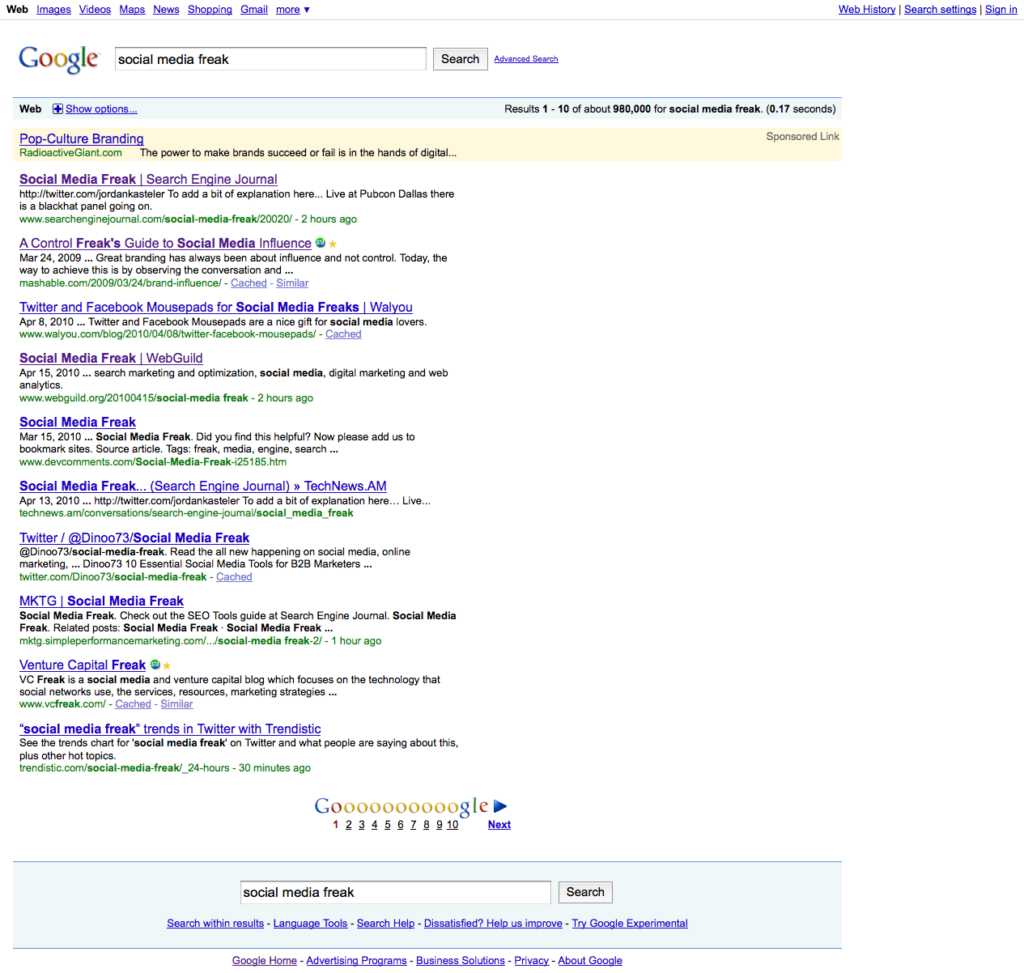
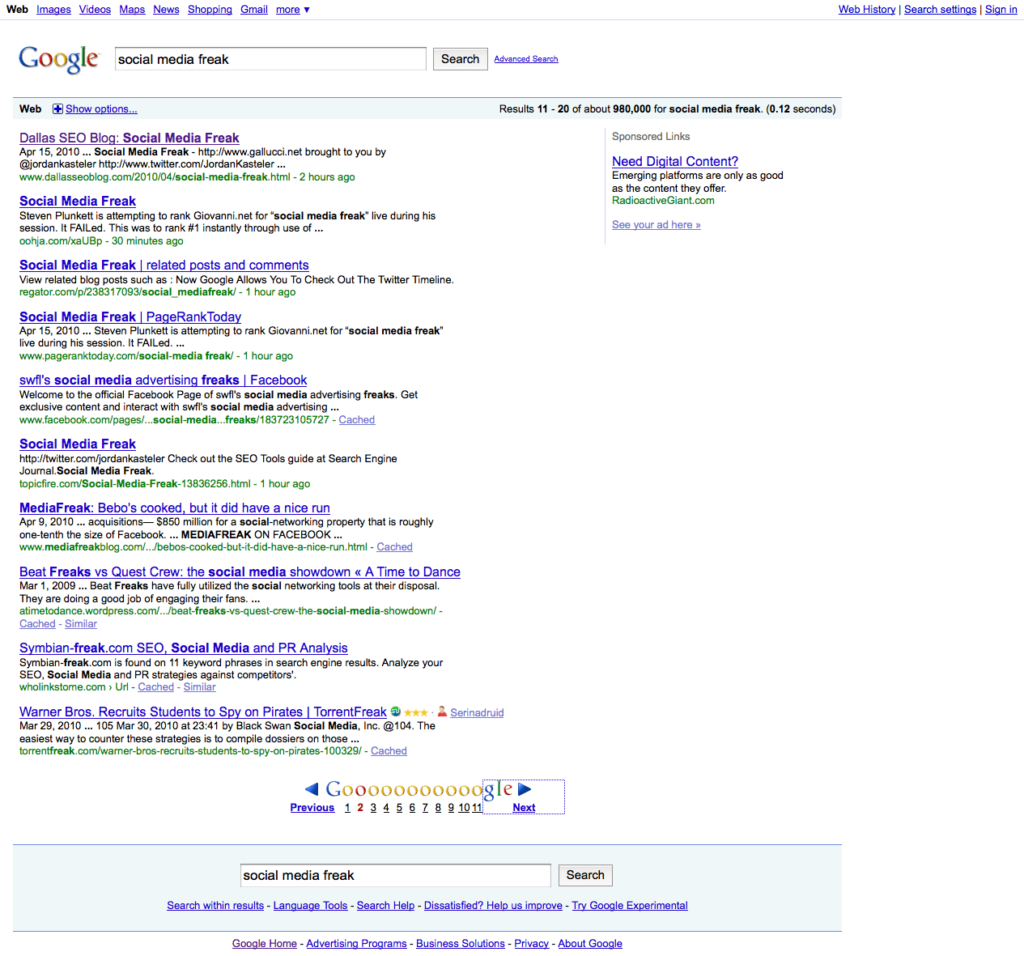
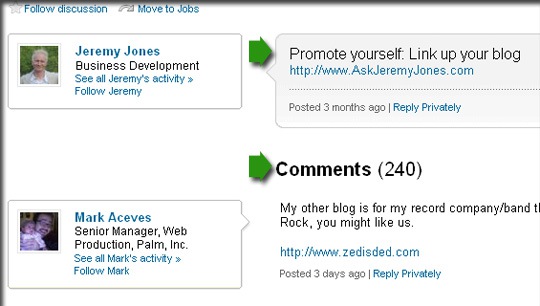
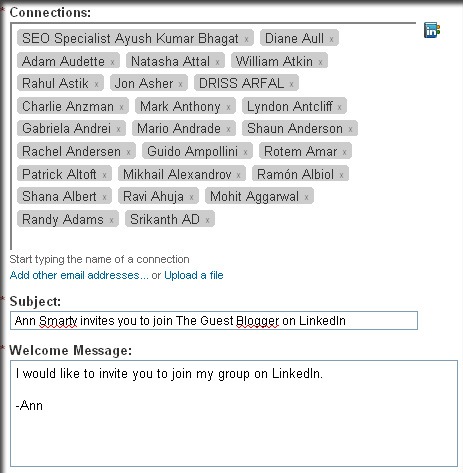
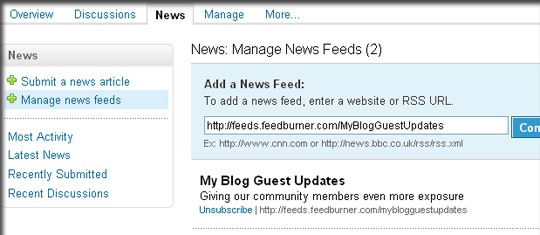
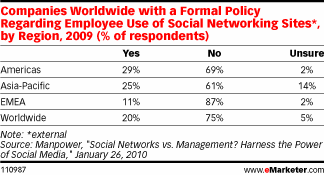
No hay comentarios:
Publicar un comentario